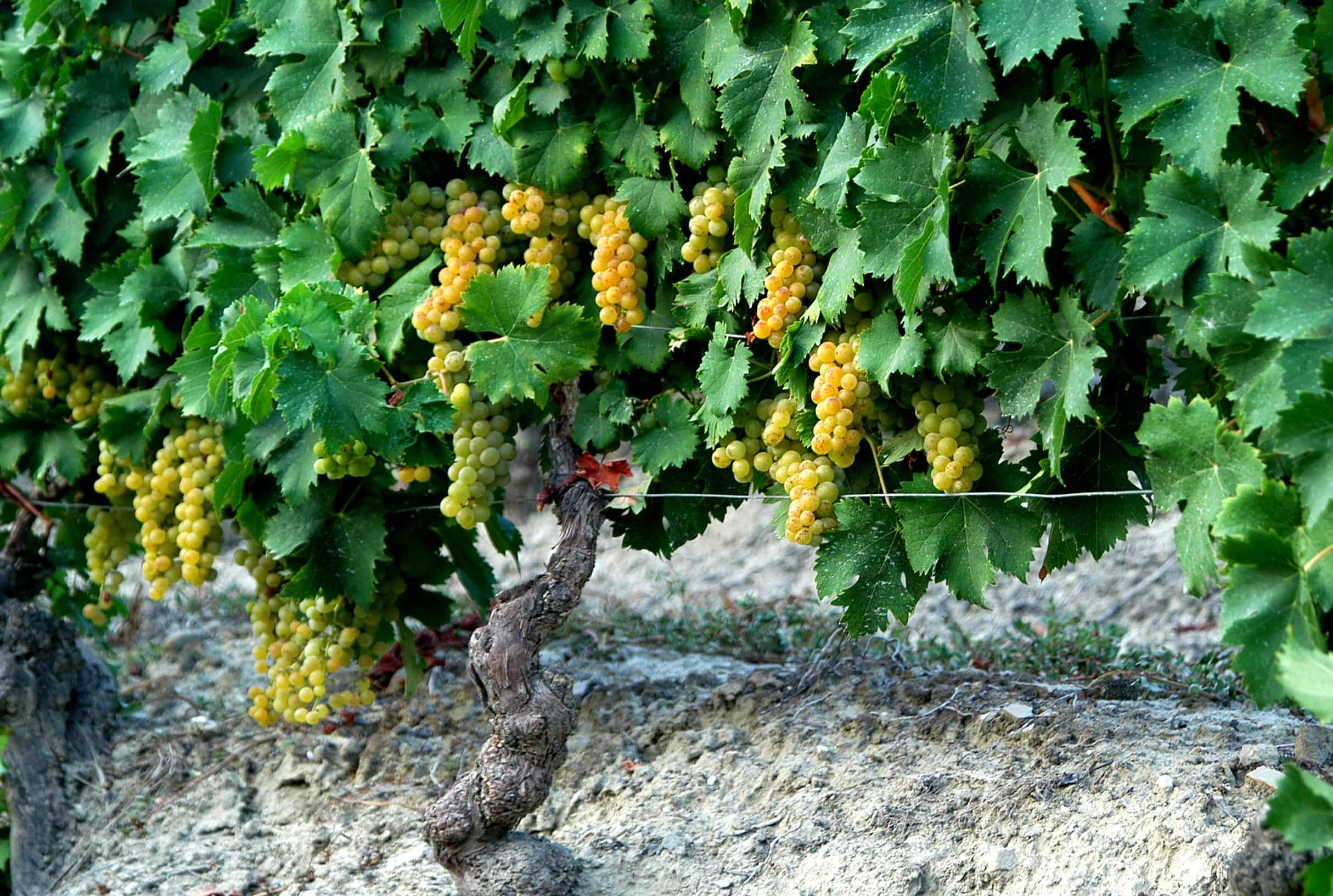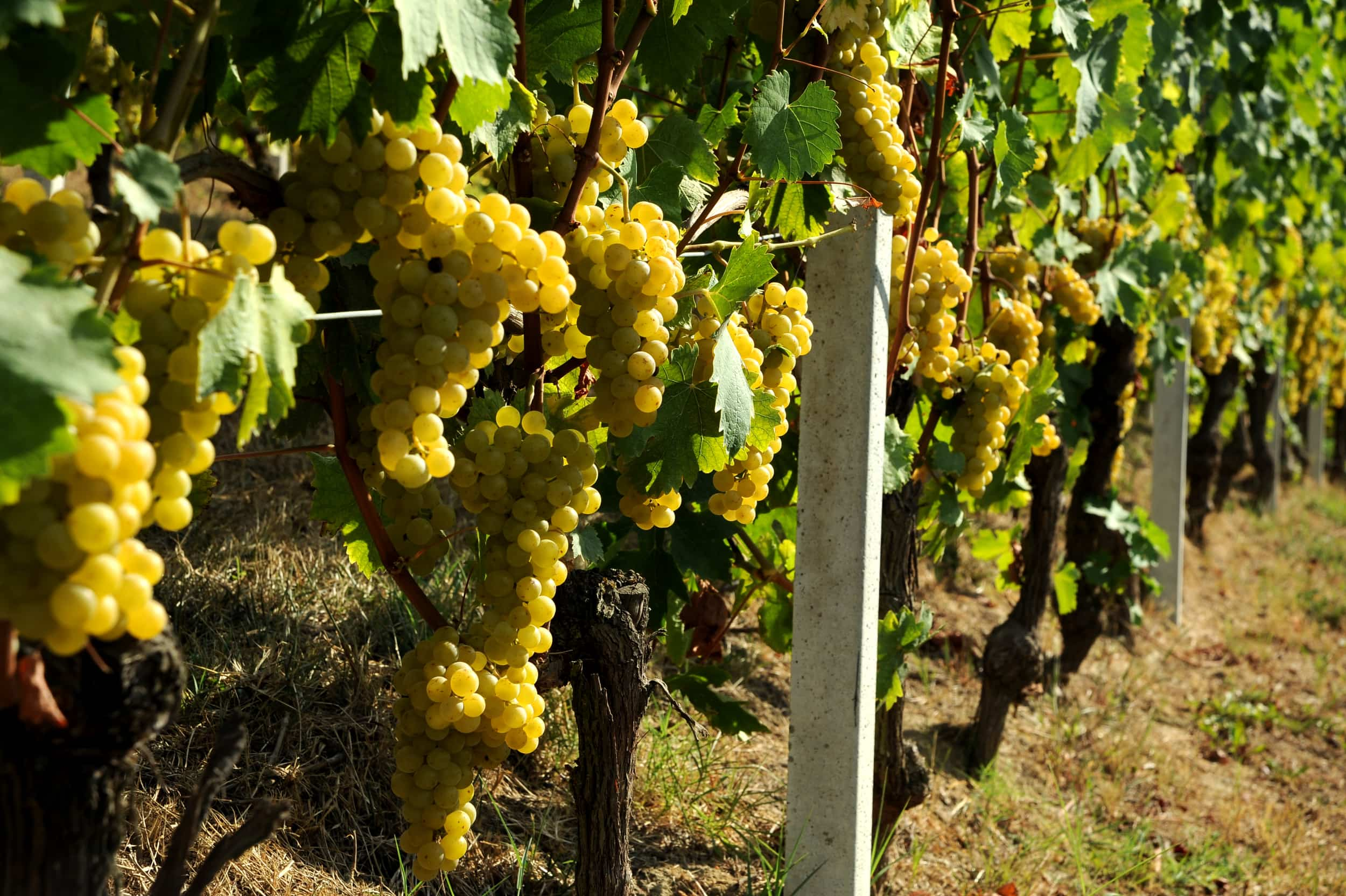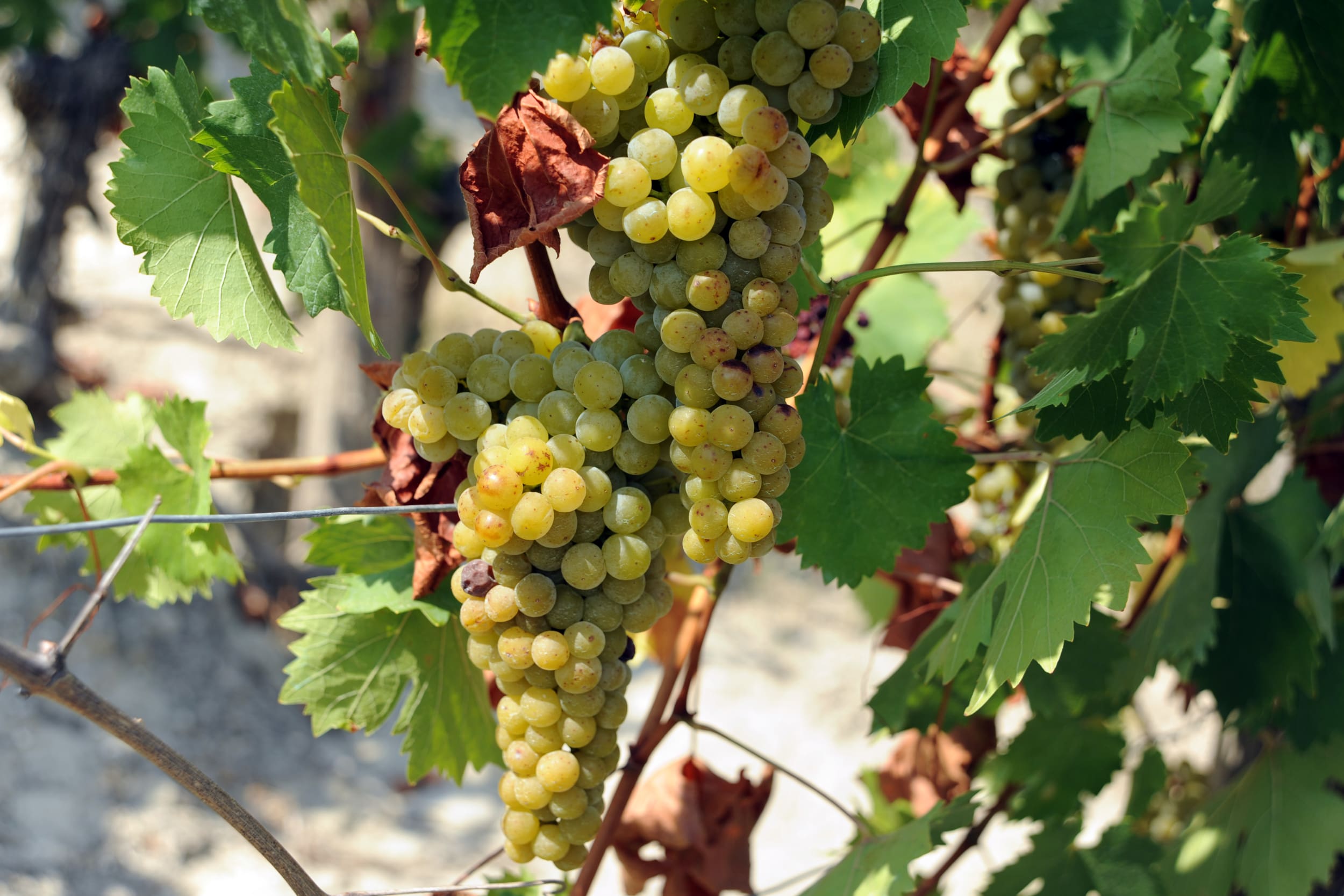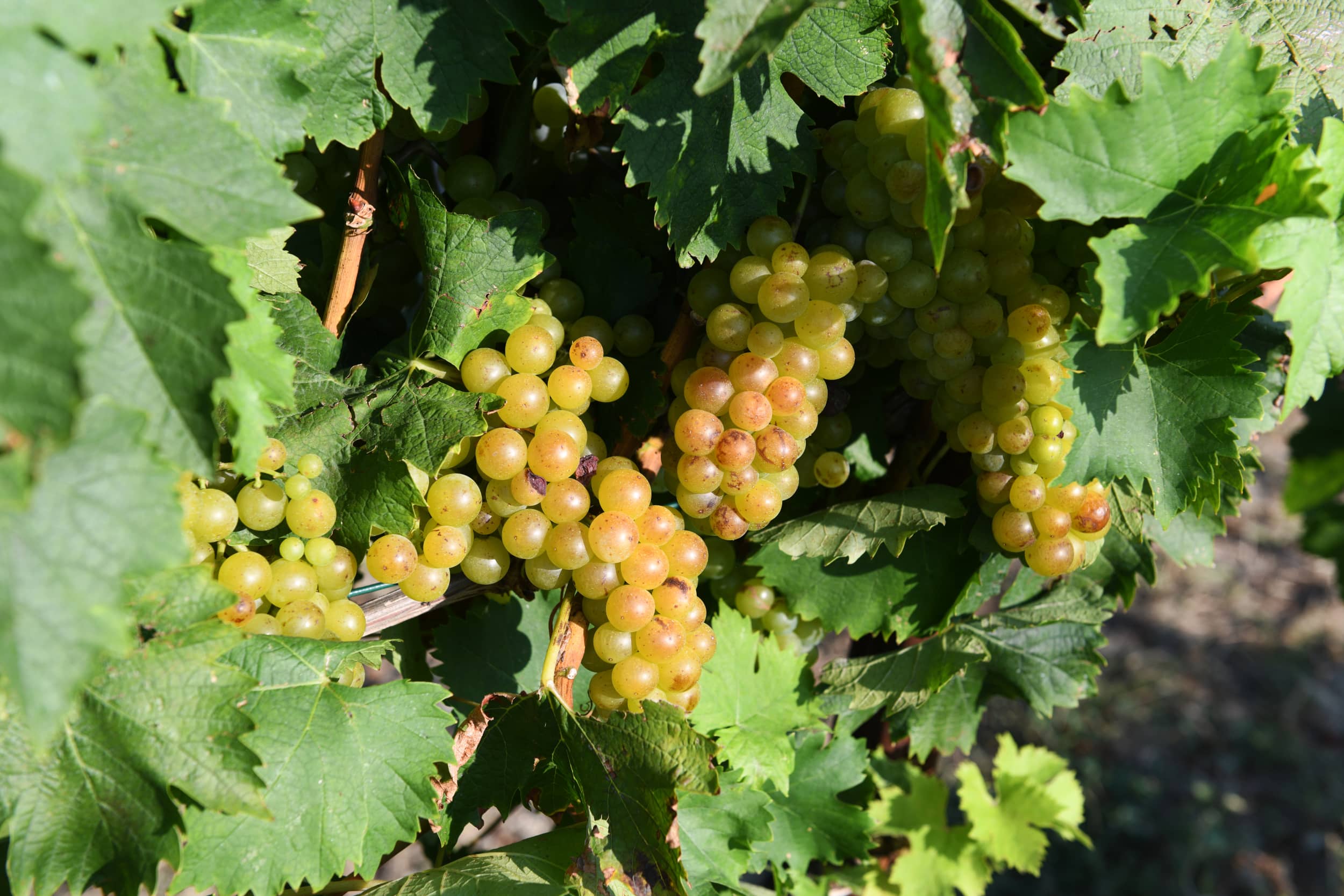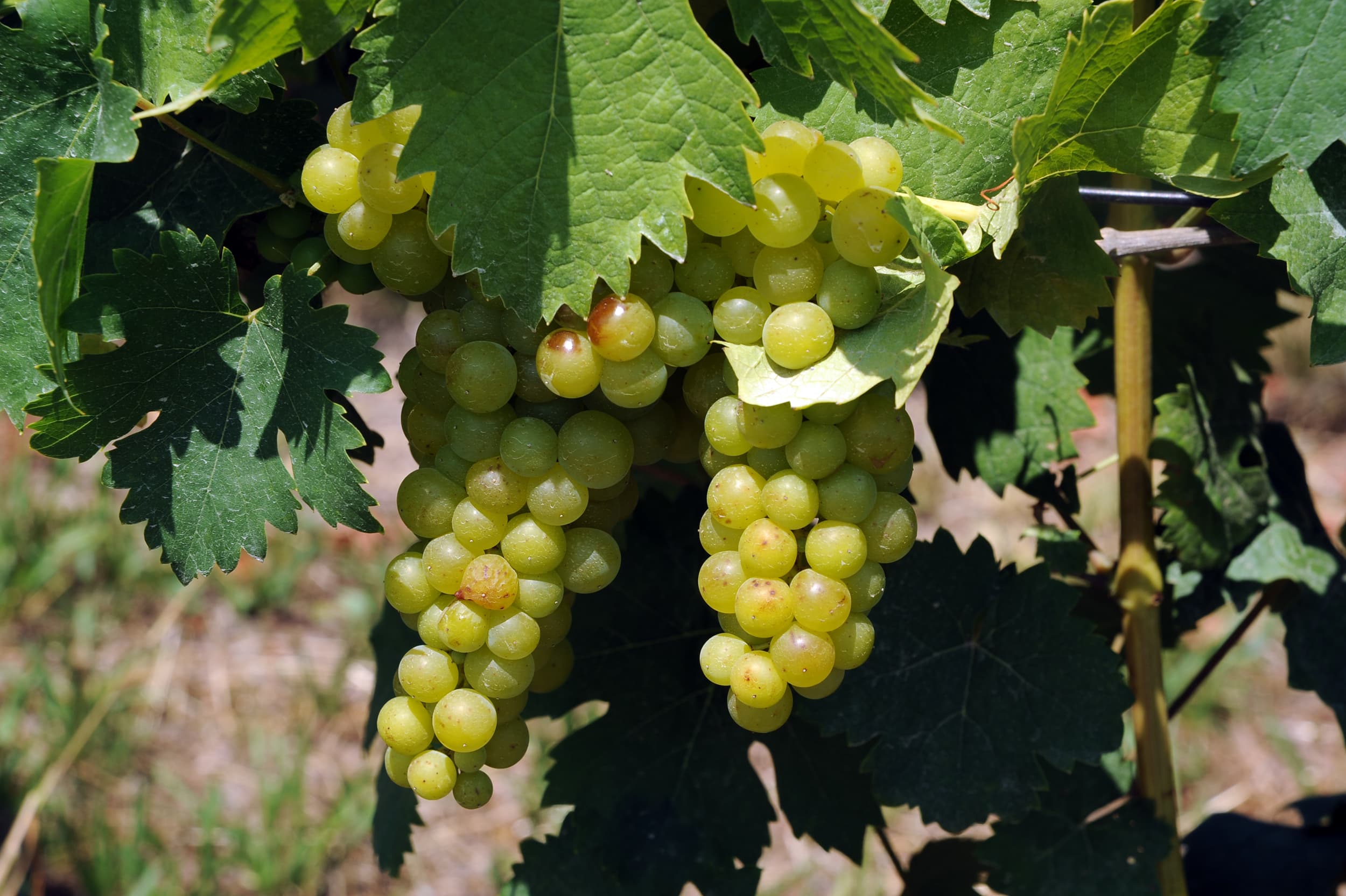The relationship between the quantity and quality of grapes
The search for greater quality is, in a too simplistic way, often related to the reduction of quantity. It is possible, in fact, if we seek quality with this reference alone, not to be able to achieve it, although it is, however, always advisable to favor the good level of maturation and the predisposition for good oenological results. It is equally true that excess quantities constitute a significant limit to the quality of the grape. It is not clear, however, what is meant by excesses, as the potential of each vine and vineyard is very different from each other. In fact, many factors contribute to it.
Furthermore, other external elements frequently occur to alter said balances. In fact, while not maximizing quantitative returns, the final quality can be impeded by other factors. Among these, the nutritional balance of the plants, the vegetative exuberance, the rationality of the system, the productivity per vine, the health status of the bunches, the seasonal climate and, lastly, the care that the winemaker takes have a certain weight. placed in the different cultivation practices during the course of the year.
Considering the physiological aspect of plants, vegetative mass and potential quantity of fruits are correlated with each other. The quality, or rather the optimization of ripening, is primarily linked to the well-being of the vegetative mass and the climate trend.
The synergistic and well-combined action of this set of factors can determine excellent results, while the same elements, regardless of the quantitative levels, can be unfavorable. A simple example can come from the relationship between the vegetative and productive potential of a plant. In fact, when comparing two vine plants, of the same age, but with different vegetative gradient, the quantitative levels obtainable will certainly not be the same, despite pursuing the highest levels of quality in both cases.
It is also known that production is largely defined by the amount of gems. By varying the number of these, different productivity is obtained. The fertility and average weight of the bunches increase, giving the vines greater vegetative possibilities over the years. However, the numerous vines respond to this general rule in various ways.
Another important aspect consists in the fact that the quality level achievable in the vineyard is the result of the mixture of the results of the individual plants. The vegetative and productive dissimilarity of each vineyard plot therefore constitutes the most negative aspect and prerequisite for obtaining maximum quality.
The years in which the climate is very favorable for wine production are on average advantageous in all vineyards, both young and old, both in favorable and negative exposures. If, however, the climate was not positive, the interactions between those multiple factors would become the main causes of the most marked differences. The non-conformity of the vineyard will thus, in the latter case, be the element that penalizes the quality the most.
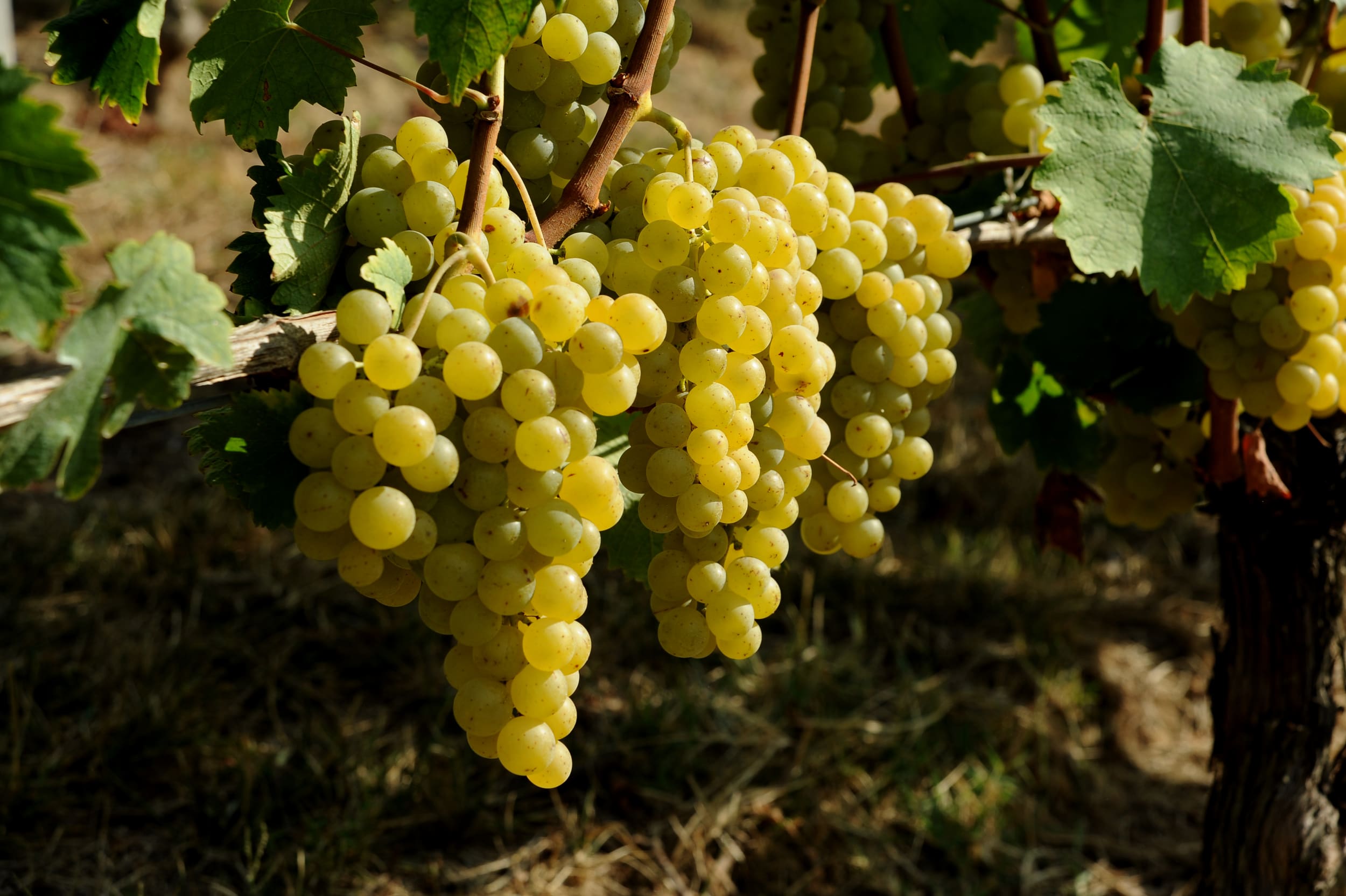
To partially reduce the levels of vegetative variability between the strains, it seems appropriate to prepare the vineyard for planting for balanced, not excessive, vigor. The faster the seedlings grow, the greater the competition and differences between them. As the years pass, the initial variability will only become more pronounced.
However, each ground reality deserves an independent analysis, so that negative secondary aspects do not arise from these choices.
The impact of the summer seasonal trend on the regular development of the fruit is a further aspect for which some reflections are necessary. The ripening process of the grape evolves according to two phases: the herbaceous one and the maturation.
As it is easy to understand from this description, albeit brief, the various phenomena that end with the expected final result are consequential to each other and therefore the climate and cultivation techniques must interact with each other in the most convenient way, with particular reference to the last period.
Finally, the harvesting technique that the winemaker adopts appears to be of great importance. The vineyards best exposed to the sun should be the first to be harvested. The other interventions could then be progressively planned. The harvest should be as gradual as possible, even with the possibility of waiting for the later vineyards to fully ripen.

